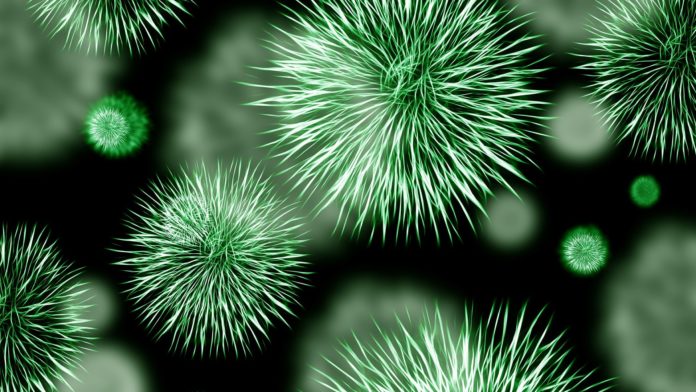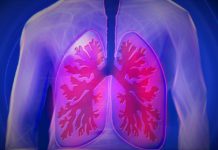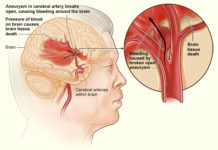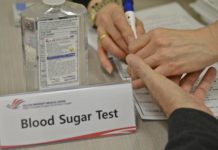
New method can accurately identify nontuberculous mycobacteria, allowing faster implementation of focussed treatment
The bacterial group Mycobacterium is responsible for two of the best-known long-standing human infectious diseases – tuberculosis and leprosy. But unlike their more famous cousins, for which effective treatment strategies have long been available, it is the 200 or so lesser known Mycobacterium species that are currently causing a resurgence in pulmonary diseases in recent times.
Referred to collectively as nontuberculous mycobacteria (NTM), these species are widely found in soil and water. One of the biggest impediments to the treatment of NTM infections is the difficulty in telling the bacteria apart, particularly at the subspecies level. Accurate identification is crucial though, as different species show varying levels of responsiveness to different antibiotic treatments.
Groups of NTM include
1) Photochromogens (eg, Mycobacterium kansasii, M marinum, Mycobacterium simiae)
2) Scotochromogens (eg, Mycobacterium scrofulaceum, Mycobacterium szulgai, Mycobacterium gordonae)
3) Non-photochromogens (eg, Mycobacterium malmoense, Mycobacterium xenopi, M avium- intracellulare)
4) Fast growers (eg, Mycobacterium fortuitum, Mycobacterium chelonae, Mycobacterium abscessus)
“This method can potentially be used to identify NTM from clinical specimens, allowing the implementation of targeted therapies and improving the cure rates of NTM-associated infections”
The rate of atypical or nontuberculous infections is rare, but it is increasing as the AIDS population grows. People at risk include individuals who have lung disease and weakened immune system. The symptoms of NTM include non-specific features like fever, weight loss, enlarged lymph glands, diarrhea, excessive night sweats, fatigue and general uneasiness or ill feeling (malaise). Cough, shortness of breath, skin lesions, joint pain and bone pain are also reported.
Need for accurate diagnostic laboratory methods has been a challenge. A team of researchers have developed a software that reliably identifies NTM based on sequence data from bacterial genes. Findings were published in the Journal of Emerging Microbes and Infections.
“Among the current NTM identification methods, the most sensitive and accurate are based on genomic information,” said author Shota Nakamura. “However, despite the recognized need for high quality genomic data that allows NTM identification to the subspecies level, current databases only contain assemblies for 148 species. Therefore, in this study, we sequenced the genomes of a further 27 species and resequenced the genomes of 36 species.”
The researchers developed a comprehensive database of 175 NTM species identified based on the sequences of 184 separate genes. Known as multilocus sequence typing, each species can be differentiated by its specific combination of sequence differences within the 184 genes. The database also included other Mycobacterium species for comparison.
“When we compared our method with other approaches for the identification of 29 clinical NTM isolates, ‘mlstverse’ was the only method that identified all 29 isolates to the subspecies level,” said lead author of the study Yuki Matsumoto.
The possible applications are promising, said Takeshi Kinjo, a medical doctor in the University of Ryukyus Hospital. “This method can potentially be used to identify NTM from clinical specimens, allowing the implementation of targeted therapies and improving the cure rates of NTM-associated infections.”













